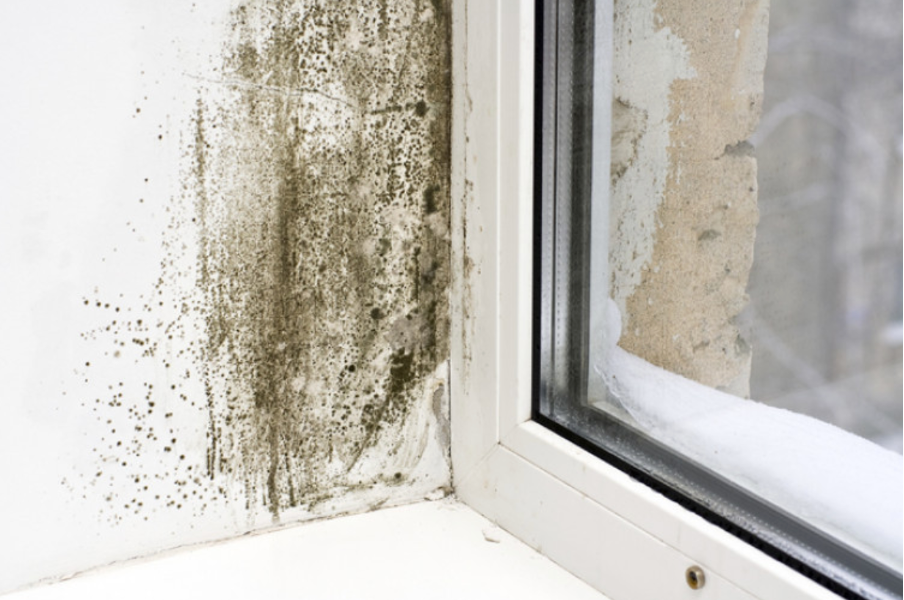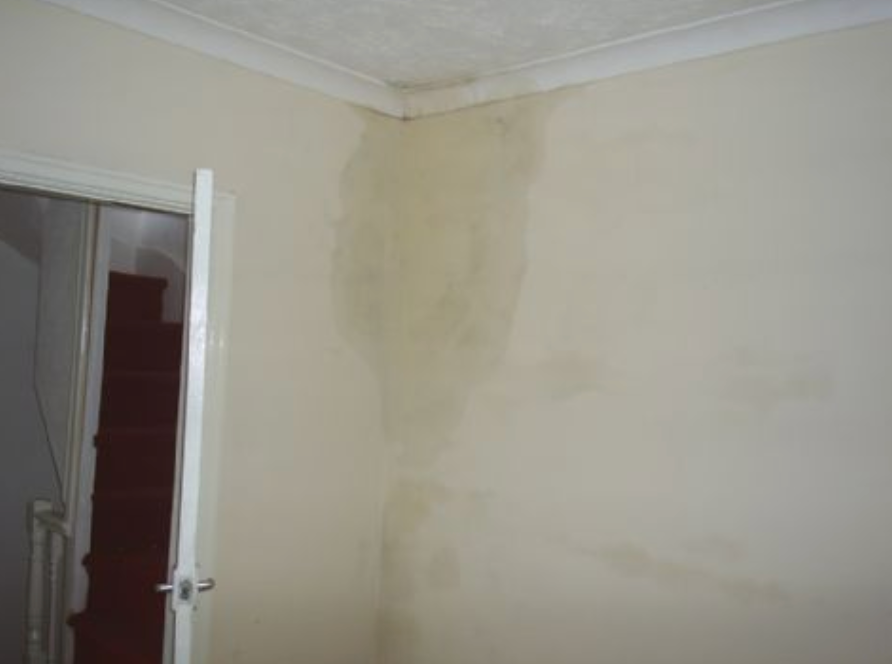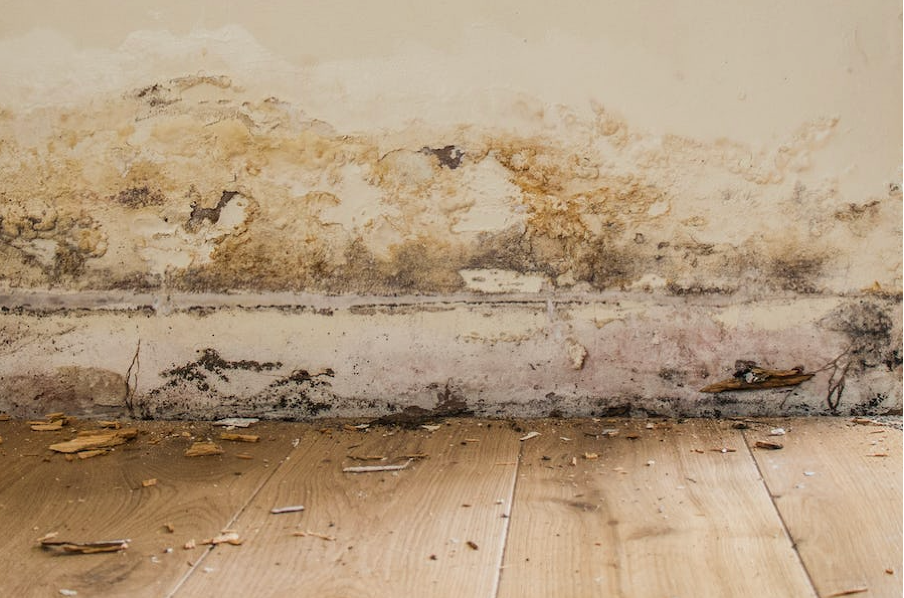


The cost-of-living crisis, which has seen household bills skyrocket, is causing a rise in mould complaints in rental properties.
That’s the message from residential partner, Paul Keighley, at one of Yorkshire’s largest estate agents, Bramleys.
Paul says: “Across our branches, our lettings department manages hundreds of properties, and in the last six months we have seen an increase in the number of tenants complaining about mould and damp.
“It’s not a coincidence. This is due to the cost-of-living crisis, which is discouraging tenants from putting the heating on, causing condensation dampness.”
1. Condensation dampness
This is caused by too much vapour in the air, insufficient heat, and lack of ventilation.
It is characterised by:
2. Penetrating dampness
Caused by damaged roof tiles, cracks in the walls or leaking gutters, penetrating from the external walls through to the internal walls. It is characterised by wet patches on the wall.

3. Rising damp
Rising damp occurs when groundwater rises through the ground, into the property. Rising damp is often characterised by the tide marks on your wall above the skirting as well as powdery white salt deposits. It can cause plaster to bubble and wallpaper to peel away.
You may also be able to see rising damp externally.

Signs of damp in a property can vary, but here are some common symptoms:
How is condensation damp caused?
Paul continues: “Condensation dampness is air that is not being ventilated or dried out. It occurs when moist air encounters a colder surface like a wall, window, or mirror. The air can't hold the moisture and tiny drops of water appear. It also occurs in places the air is still, like the corners of rooms, behind furniture or inside wardrobes. 90% of the time, it can be prevented.”
What can you do about damp?
Preventing damp in a rental property needs cooperation between the landlord and the tenant.
The property should remain in good condition with all the fittings and services working properly.
For example, if an extractor fan is poorly fitted and not working well enough to remove steam from a bathroom, that’s a failing on the landlord’s part. But if condensation is causing surface mould to form in bedrooms because tenants are drying washing in there and not opening the windows, they could be causing the problem.
Is black spot mould dangerous?
“Damp and mould can be wiped away easily, without an impact on your health. However, if you don’t keep up to it, it can spread and cause dust mite infestations – which can pose a risk to health. It is best to keep on top of any condensation damp!”
Should I report it to my landlord?
“It is always worth reporting damp to your landlord. You can work together to reduce it over time.”
Contact our lettings department or browse the properties we have to rent across West Yorkshire.







© 2026 Bramleys LLP Terms of Use | Privacy Policy & Notice | Complaints Procedure | CMP Certificate | Member Standards | Built by The Property Jungle
Bramleys are registered for VAT - 184974119